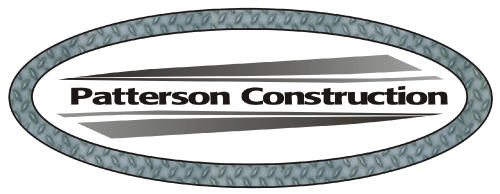What Homeowners Need to Know about Monsoon Damage
For Phoenix residents, a fact of summer life is that monsoon season officially begins on June 15th. Those who have lived in the Valley long enough remember how the ferocious winds of the haboob kick off most monsoons, bringing prolific amounts of dust, debris, tree branches, and other projectiles. The rain that follows is fierce, torrential, and often exacerbates issues caused by the haboob winds.
The destruction can be widespread whether the monsoon lasts for minutes or hours. For example, residential roofs, often the highest landmark on a Valley property, are damaged in various ways by a monsoon storm.
Roof damage
The winds can pick up a slightly loose asphalt tile and blow it off the building and, often, surrounding tiles. Once the protective roof seal has been penetrated, the same wind can force rain against the section enough to compromise the area, leading to further concerns inside the building.
Monsoon damage isn’t just limited to tiles that have been previously damaged. Wind and rain can also ruin gutters, flashing, underlayment, skylights, and drip edges. In addition, the wind carries flying debris, turning ordinary objects into damage-causing projectiles.
In the most unfortunate of situations, trees also upend and fall onto the roof of a family home, which can be another source of roof damage, one which can wreck the most pristine roof.
Prevention
In some cases, the best way to prevent roof damage to an older home is to replace the roof in a timely manner to avoid the potential for widespread damage. If a homeowner already knows the roof is nearing the end of its useful days, replacing it can pre-empt the need to act fast if the roof is ruined in a storm.
Repair
Even a roof in good condition may not escape monsoon damage. Monsoon winds can reach up to 100 miles per hour and are highly unpredictable. In the case of damage, prompt, professional repair is the best option to prevent more extensive repairs as a faulty roof often spreads to other areas of a building following torrential rain.
If roof repair or remediation is necessary following a monsoon storm, calling a professional roofing company is the safest option for most homeowners. In addition to satisfying the requirements of a homeowner’s insurance company, professional repair is the safest option for a homeowner who doesn’t want to add a fall from the roof to their list of woes.
The binocular test
Even though the most noticeable damage to a home following a Valley monsoon storm is the debris in the pool and damaged screens, a savvy homeowner will pick up a pair of binoculars and spend a few moments strolling around the property, viewing the roof from different angles. Signs to look for include loose or missing tiles, damaged gutters, drip edge, or skylights, the sight of felt or underlayment, or debris, such as tile granules, from the roof on the ground below the drip edge.
A roofing contractor should professionally inspect anything that looks different than usual or out of place well before the onset of the next monsoon to prevent further damage or water damage to the home.
While it only lasts until September 30th, the monsoon season can bring unpleasant surprises. Roof damage shouldn’t be one of them. Homeowners who have concerns about their roofing this monsoon season should give Patterson Construction a call.
Patterson Construction Company installs and repairs residential roofs of all kinds, skylights, roof ventilation, fascia, and underlayment on Phoenix-area homes. Call 602-825-3638 for a free quote today!

